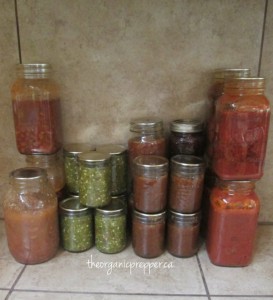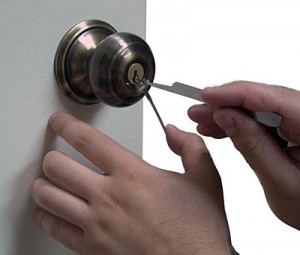I normally don’t post more than once a day, but I feel this is important enough to warrant it. I have been watching the situation with Syria and want to share with you all some of the things I have read.
Secretary of State John Kerry just made the case for military action in Syria. Russia and China have warned the USA not to get involved several times. Russia has naval bases in Syria. While it is unlikely neither will get involved directly, other countries might.
Here is an article that is well worth the read, called “What To Expect During The Next Stage Of Collapse”, the author lists several possible things that could happen as a result of us attacking Syria.
Even though I am a blogger for a preparedness/survival site, I don’t consider myself a doom and gloomer. That said, this has me concerned more than anything in the last few years.
Time to pray folks! Time to take some of the actions in the article “What To Expect During The Next Stage Of Collapse”.
If you liked this article please think about sharing it on the social media listed below, thanks!













